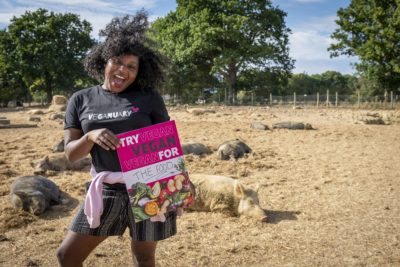
Veganism is often defined by what we don’t eat: meat, fish, eggs and dairy, plus some of the animal ingredients that are hidden away in products, such as whey (from milk) and gelatine (from animal bones).
But really, we should focus on all the great stuff that vegans do eat. And in reality, the difference isn’t all that huge.
Instead of meaty burgers, sausage and steaks, we eat plant-based versions. Instead of dairy cheese on a pizza or cows’ milk in our coffee, we choose plant-based versions.
For almost every animal-derived ingredient and product, there is now a vegan alternative, and this means that a vegan meal may look and taste exactly like a non-vegan meal; it just doesn’t come with the animal suffering or the same environmental impact.
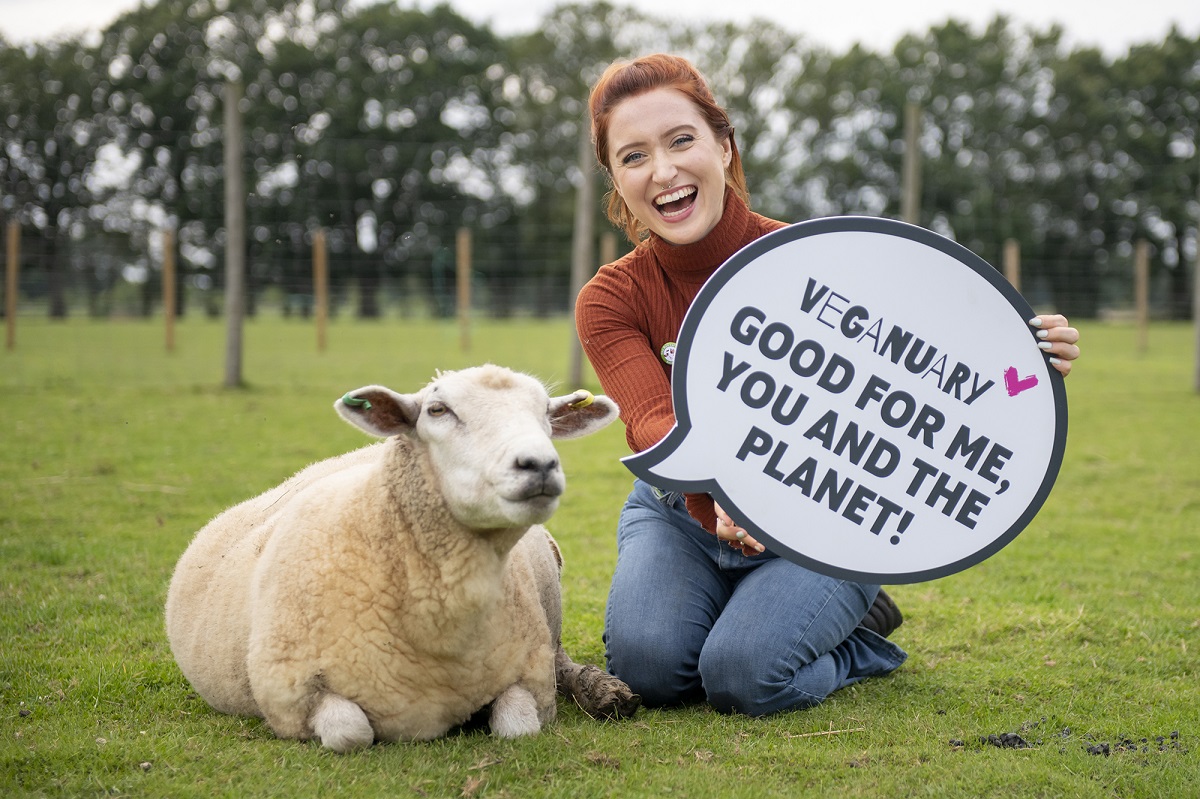
Don’t wake up on the first day of your vegan adventure without having thought about what you might eat.
Ahead of time, have a think about your first day’s meals and buy plant milk for your breakfast and coffee or tea, some dairy-free butter for toast or sandwiches, and something tasty for your dinner.
Some people find making a weekly meal planner helpful, so they always know what they need to shop for and what they will be eating.
Here are some ideas to get you started. You can take part in our free vegan challenge for more meal plans.
Toast – with vegan butter, peanut butter, yeast extract, jam, hummus, avocado, sliced tomato or dairy-free cheese
Oatmeal – with your choice of plant milk. Add seeds, nuts and fruits
Breakfast cereals – with dairy-free milk or yoghurt. Add seeds, nuts and fruit
Full English – vegan sausages and bacon, scrambled tofu, hash browns, grilled tomatoes, mushrooms and baked beans
Tea, coffee and fruit juice
Soup and roll – homemade or shop-bought
Sandwiches and wraps – homemade (vegan BLT, cheese and pickle, ‘ham’ and mustard, hummus and carrot) or shop-bought
Pasta salad or a hot pasta dish
Jacket potato with salad, dairy-free cheese, baked beans or chilli, or make a delicious vegan tuna salad
Sushi – homemade or shop-bought
Pizza – with vegan cheese, ham and chorizo, sundried tomatoes, basil, sweetcorn, artichoke, olives and capers, pineapple, jalapeños
Spaghetti Bolognese – made with lentils or soya mince, or a combination
Curry – Thai, Indonesian, Indian, Bangladeshi, or ‘veganise’ your old favourite recipe
Burger in a bun with a fresh green salad
Chilli non-carne with nachos, refried beans and guacamole
Bangers and mash with fresh vegetables, gravy and mustard
Steak and chips – yes, there are now vegan steaks available!
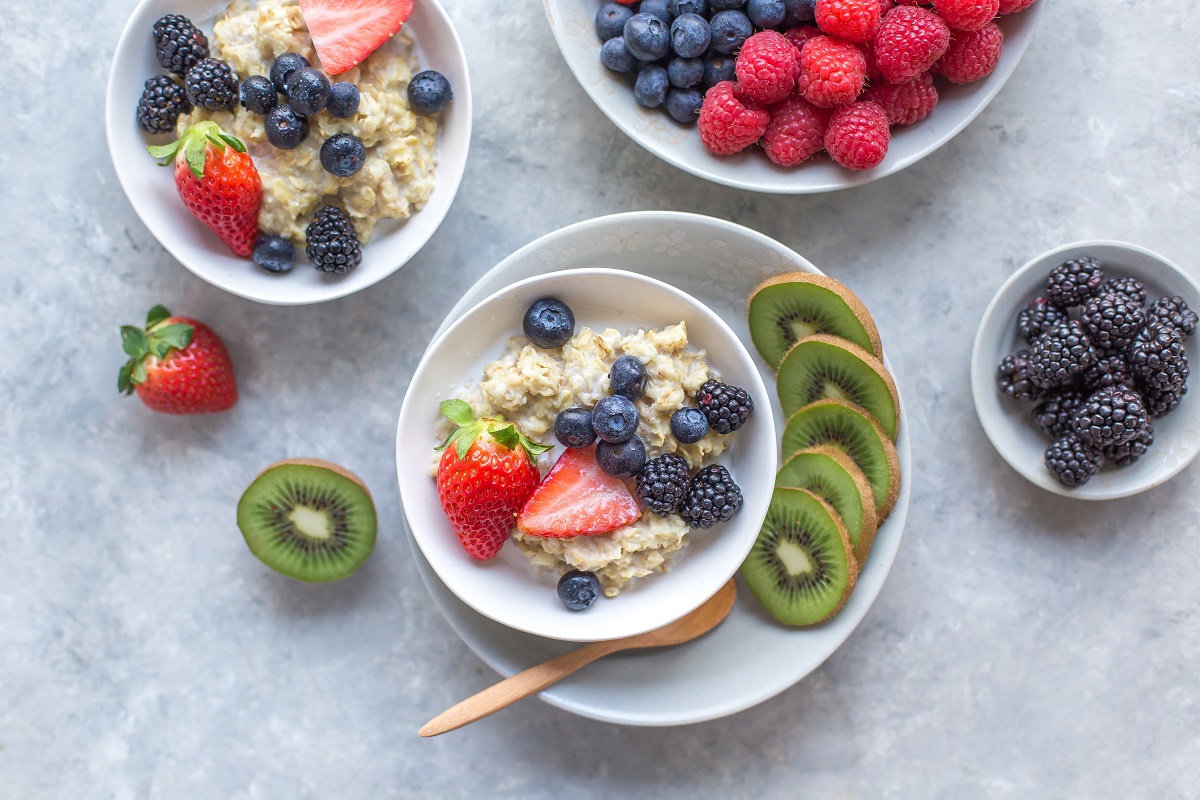
There are so many everyday foods that just happen to be vegan, so open up your cupboard and take a look.
Common accidentally vegan foods include pasta, rice, peanut butter and Marmite, most breads, tinned tomatoes, chickpeas and kidney beans, jam and marmalade, coconut milk, curry pastes, tomato puree, baked beans, many crisps, crackers and biscuits, herbs and spices, many gravy granules, tea, coffee and fruit juice.
There is a good chance that half the foods you already eat are vegan!
Most people don’t know how to eat vegan overnight, and that’s totally fine.
There’s no need to reinvent all of your eating habits. After all, it’s a personal journey and not a competition. Contrary to popular belief, there are no vegan police checking up on your progress or examining the contents of your fridge!
For this to be a sustainable lifestyle change, you need to do whatever works for you. You might prefer to transition one meal at a time, or even one day at a time.
There’s no right or wrong way to go vegan and small, steady steps have an impact over time. Before long, you’ll wonder why you didn’t try it sooner!
Again, there is no need to adopt a whole new eating regime. You just need to learn a few simple vegan cooking hacks to ‘veganise’ what you already eat.
If your signature dish is lasagne, make a plant-based version with soya mince. If you love a morning fry-up, you can make it with vegan bacon and sausages.
Whether you cook curries, casseroles, soups, stews, pies and pasties, roast dinners, cakes, desserts or anything else, simply veganise it.
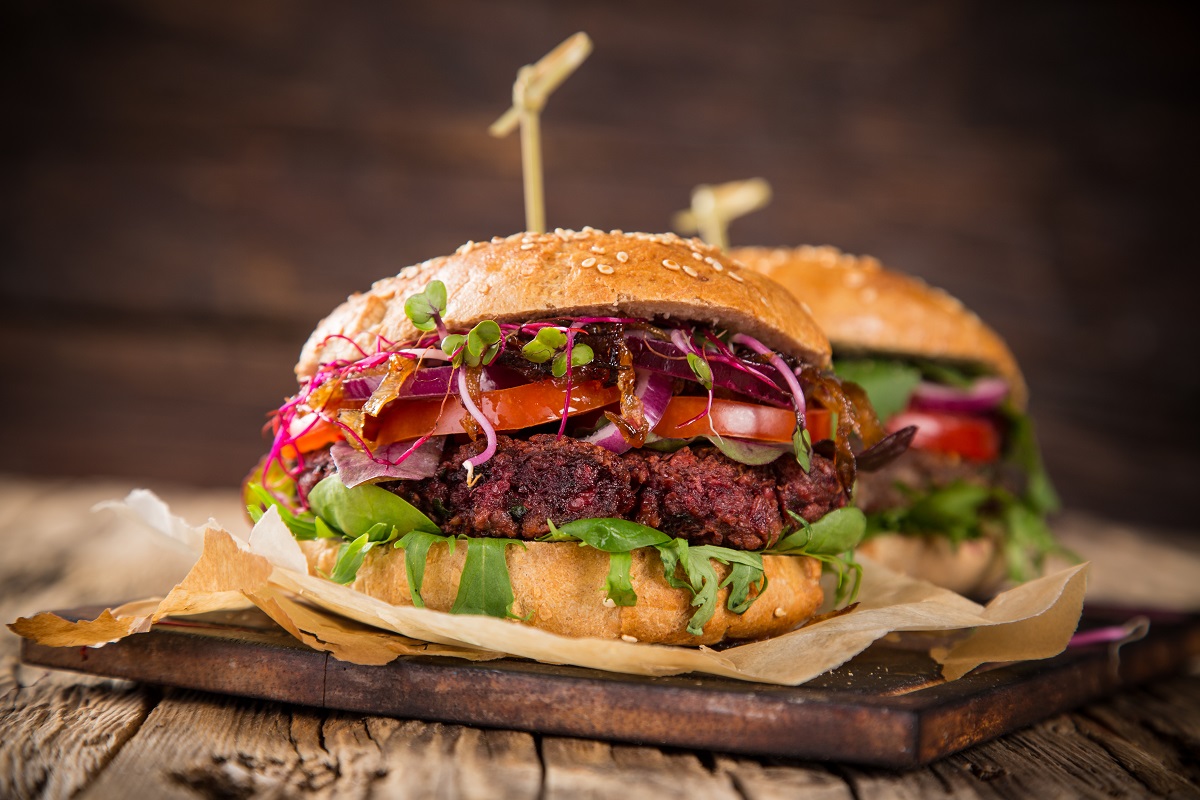
We get it: some things are harder to replace than others (we’re looking at you, cheese).
We’re only human and succumbing to cravings is inevitable, but that doesn’t mean there is no point in trying. If you find yourself constantly craving non-vegan foods, try to wean yourself off them instead of quitting overnight.
Not every vegan product will work for you, but just because the first cheese you try or the first latte you make doesn’t hit the spot, don’t rule out all other cheeses and plant milks.
There are so many different ones to try, so explore them in your own time and you’ll soon find your perfect match.
When you’re not sure how to try vegan, one of the biggest mistakes you can make is not knowing your nutritional needs.
Although there are many health benefits of eating a plant-based diet, it’s also important to remember that just because something is vegan doesn’t make it healthy. Vegan junk food is still junk food!
Before making dietary changes, do some research to ensure you are getting everything you need to thrive. Eat a variety of protein sources, legumes, nuts, fruits and vegetables should be enough.
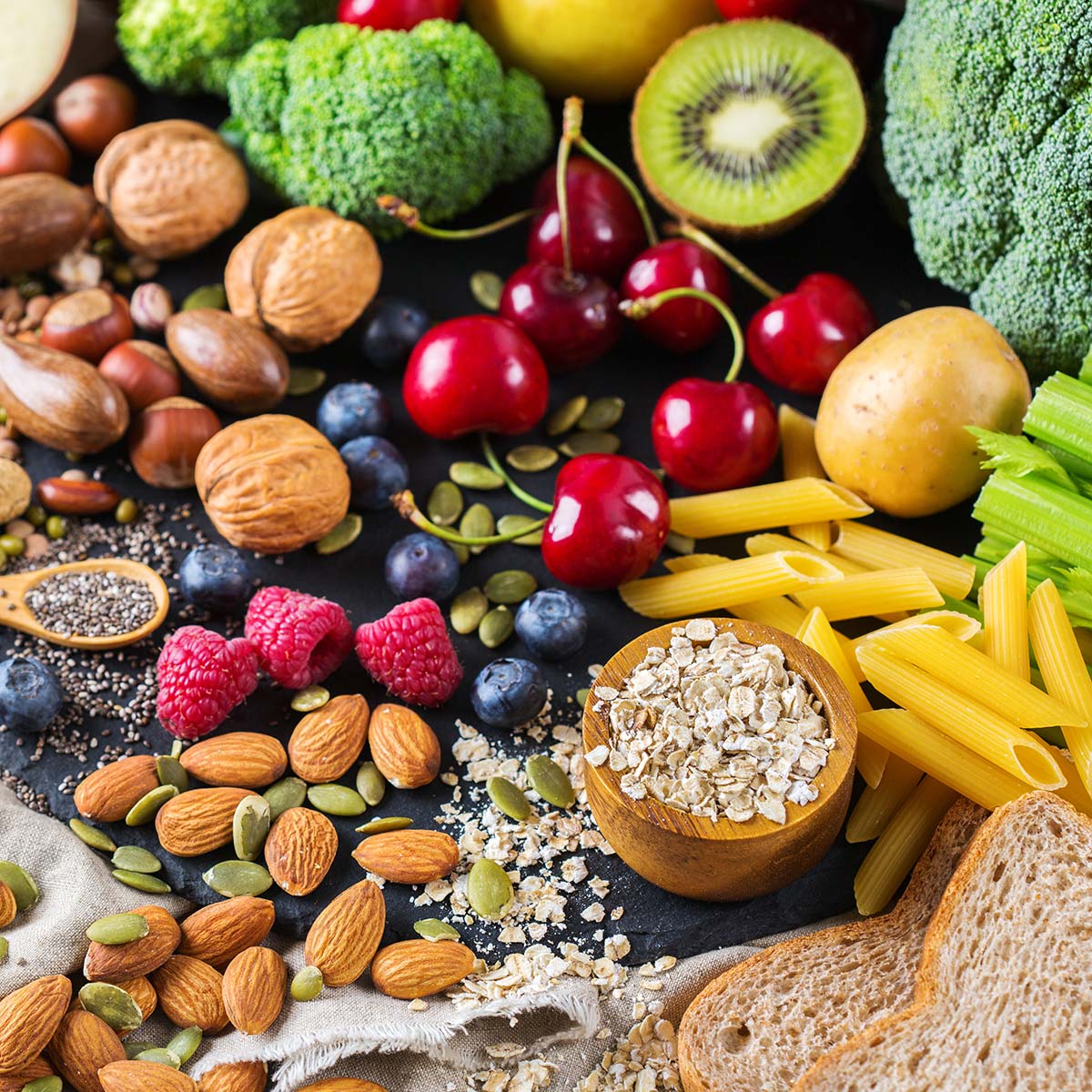
From animal welfare to environmental concerns, there are many reasons to eat vegan. When your motivation is running low or you’re dealing with a late-night chocolate craving, remember why you wanted to make this change in the first place.
Did you try vegan for your health? Think about how good you feel and everything you’ve read about the health benefits of plant-based diets.
Do you want to do more to combat the climate crisis? Remind yourself of the impact you’ve already had since you stopped eating animal products.
There are also countless documentaries and books out there to help you educate yourself and find the reasons that resonate with you the most.
Going it alone can feel isolating, but the best thing about this community is that there are millions of us out there and we’ve all been in your position.
Find your local vegan meetup group and make like-minded friends in real life or search online for vegan groups that interest you.
From vegan runners and weightlifters to fashionistas and activists, your future plant-powered pals are out there waiting for you!

Many people are concerned about being the ‘perfect vegan’ and every mistake can feel like a massive setback. In fact, the pressure of being a level 10 vegan can put many people off trying in the first place!
Everyone makes mistakes. Whether you ate something non-vegan accidentally or simply gave in to temptation, it’s OK. It doesn’t mean you are no longer vegan; it just means you are human! Chalk it up to experience and move forward.
Veganism is about doing the best you can in an imperfect world and mistakes are part of the journey.
Eating vegan is a huge learning curve, but that doesn’t mean it can’t be fun.
Many people find that eating plant-based opens up a whole new world of recipes and ingredients, and rekindles their love of great food.
Once you’ve got the hang of the basics, why not jump in and try some brand new recipes and see if it ignites your culinary passions?
Want to know more? Try vegan with us and you’ll receive our celebrity e-cookbook and much more (it’s free)!
Join in to receive a celebrity e-cookbook along with 31 days of inspiring recipes, nutrition tips and more. All our resources are 100% free!
